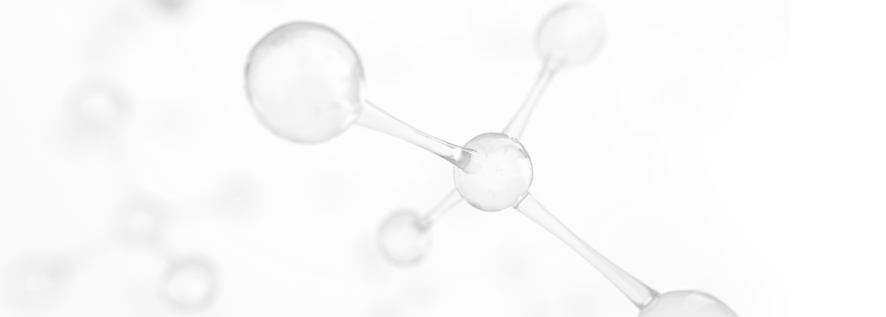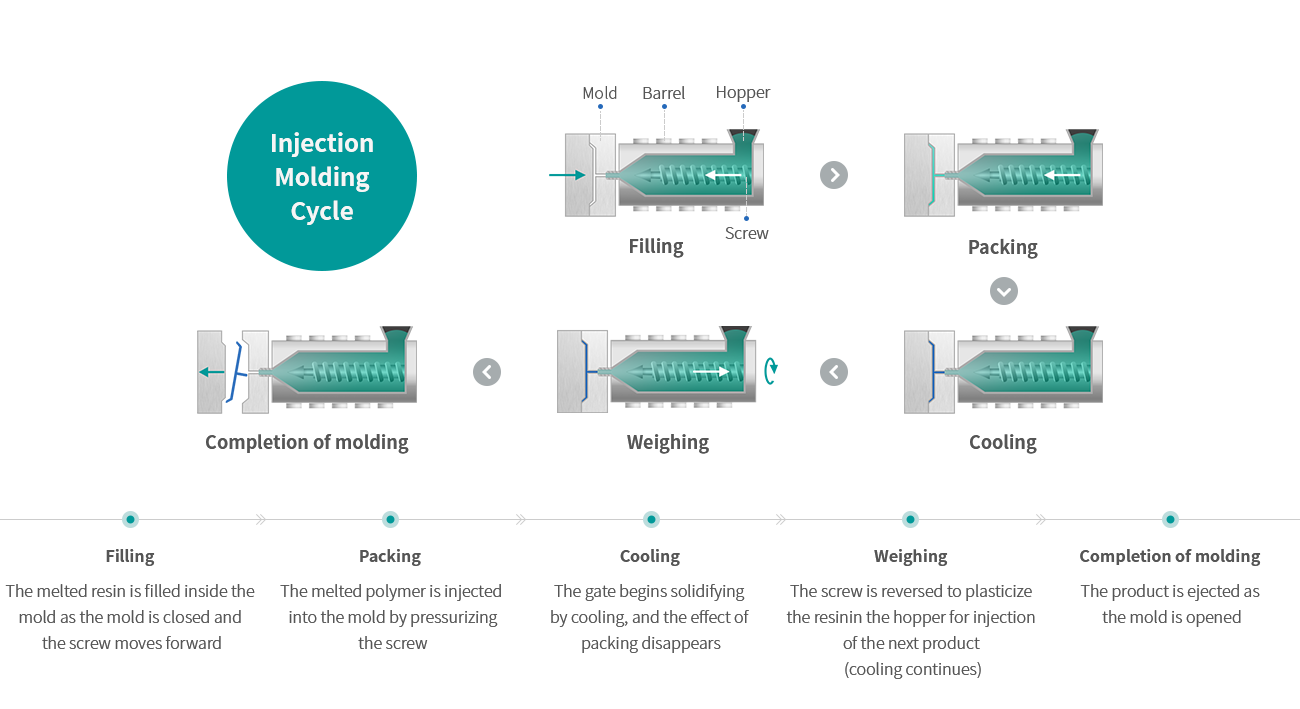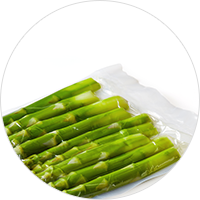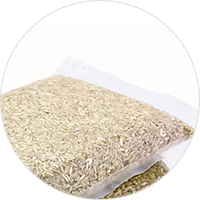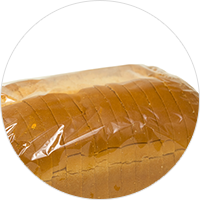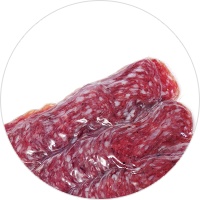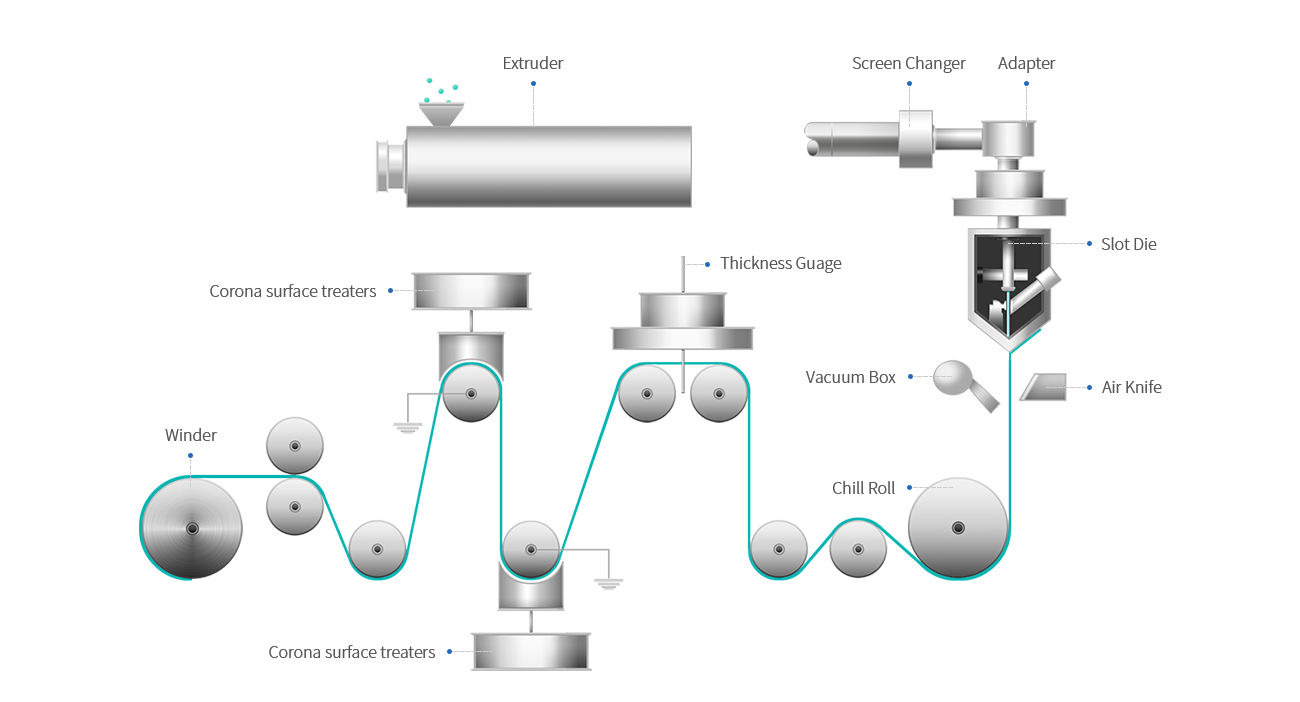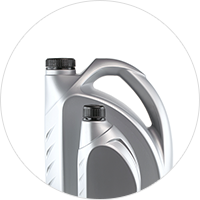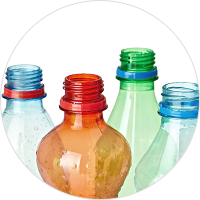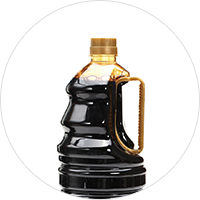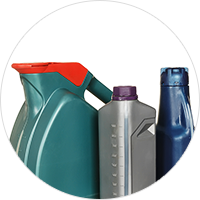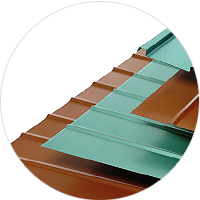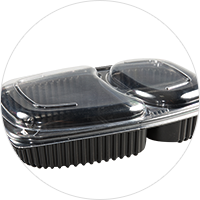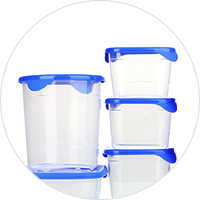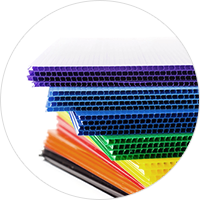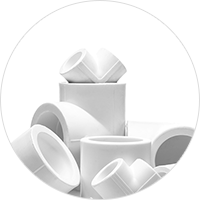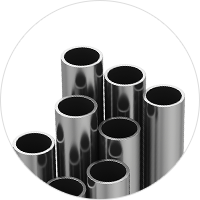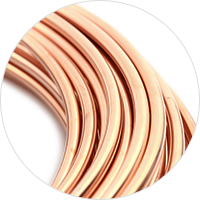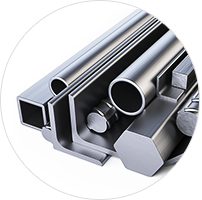This section provides a variety of information, from the introduction of PP to processing.


Cutting Process
There are two ways of manufacturing the final or intermediate product in the intended shape with polypropylene.
Injection molding is the production of parts using a mold, and extrusion molding is continuous
cutting of the product in the shape of the die.
Injection molding

Injection molded products are widely used in industrial and household goods.
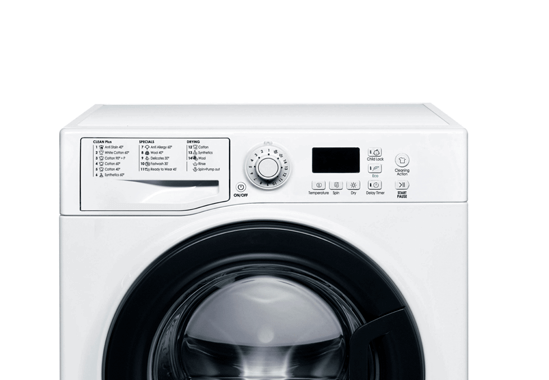
Main features and use
Injection molded products are widely used in industrial and household goods.
The Homo Polymer features excellent thermal resistance and stiffness, and thus is widely used in household goods.
The Random Copolymer features excellent transparency and gloss, and is widely used in transparent and sealed containers.
The Impact Copolymer has excellent impact resistance and stiffness balance, and thus is widely used in automotive and home appliance components.
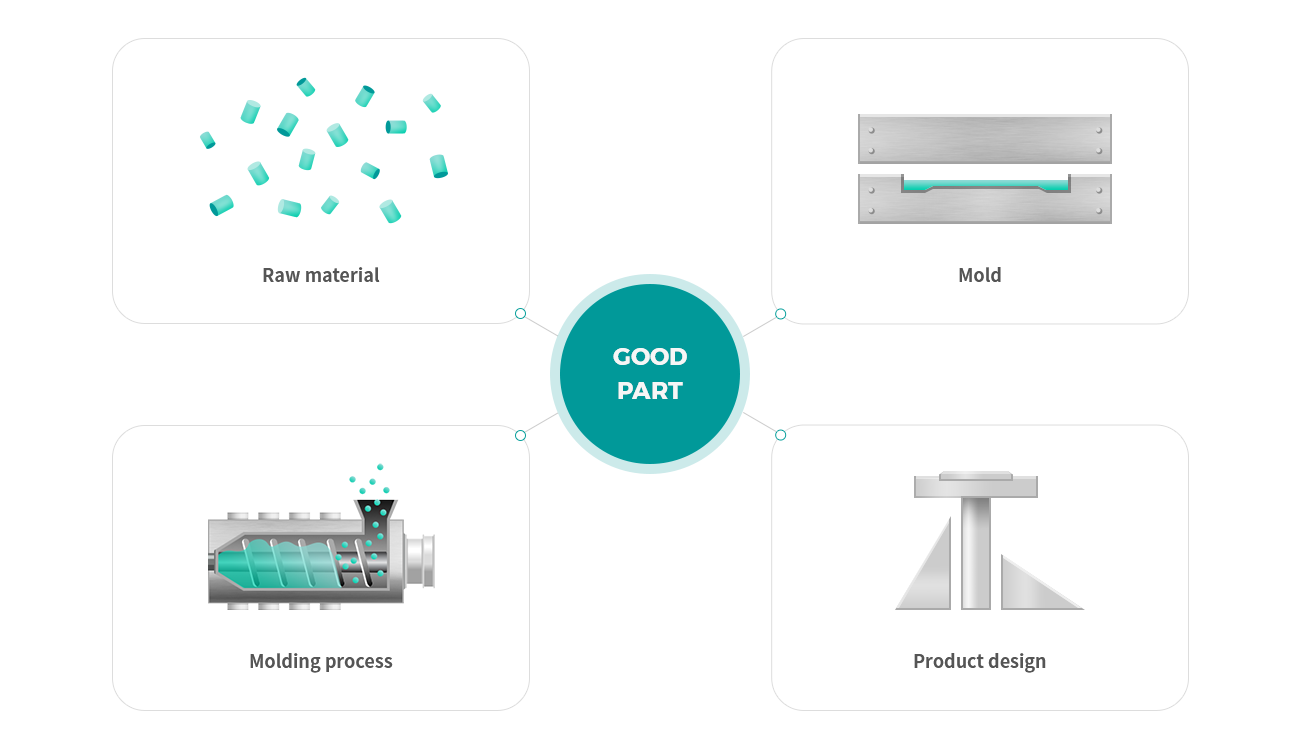


Film(CPP)

Since CPP film is a casted film, it has lower gloss and transparency than OPP film but has heat sealability and excellent impact resistance at low temperatures.
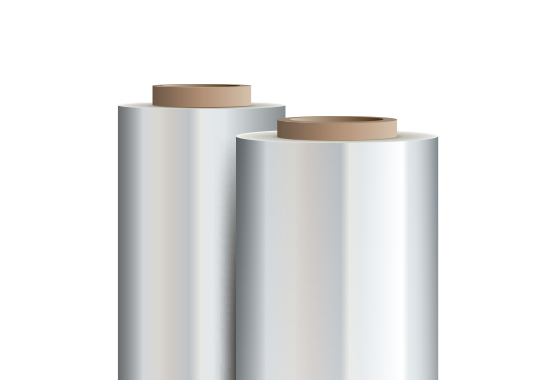
Blow molding

Blow molded products are used in automotive parts such as washer containers and HVAC and in various containers such as lubricant containers, anti-freeze containers, drinking water bottles, mineral water bottles, and soy sauce bottles.
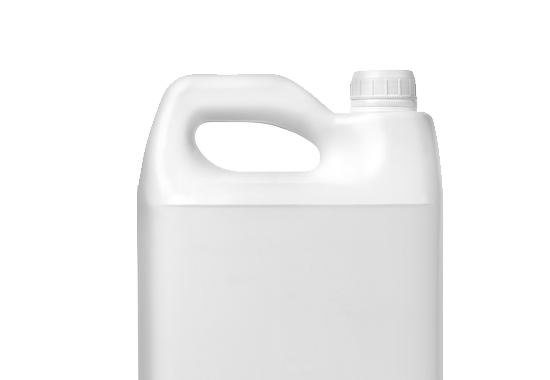
Extrusion blow molding Processing
diagram
The stability of the parison is important in extrusion blow molding. Note that deflection occurs due to lowering of melt strength if the temperature is higher than 230℃, and melting becomes uneven if the temperature is lower than 190℃.



Sheet

Sheet mold products are used mostly for packaging materials, construction materials, and corrugated cardboard.
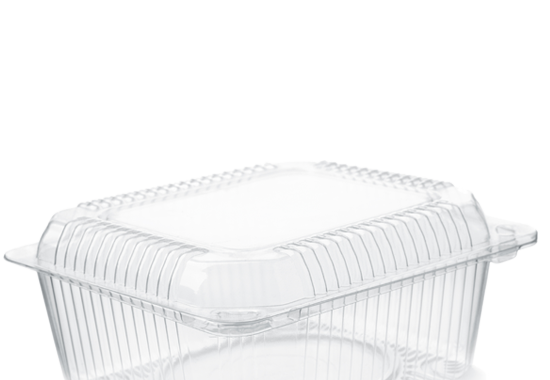
Sheet extrusion process diagram
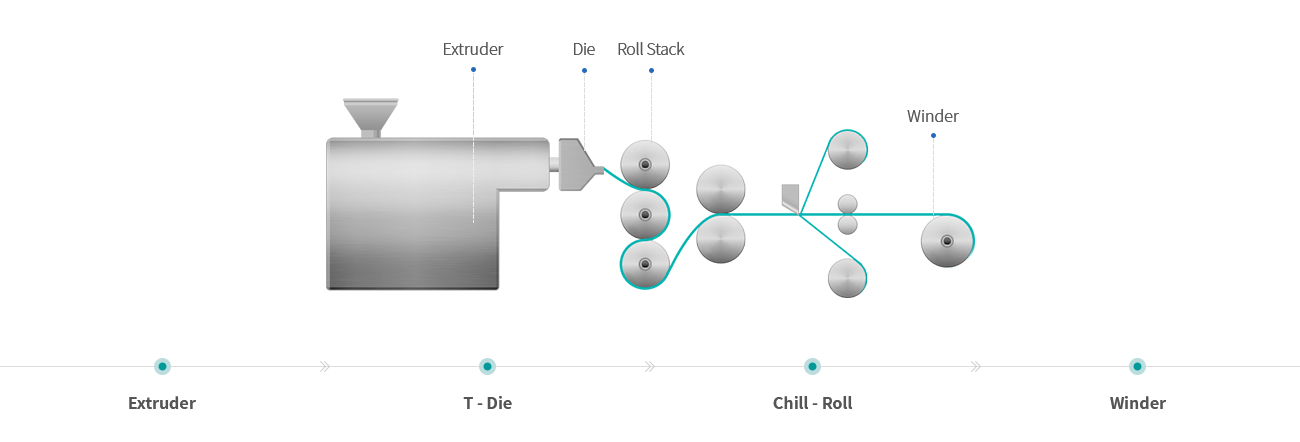
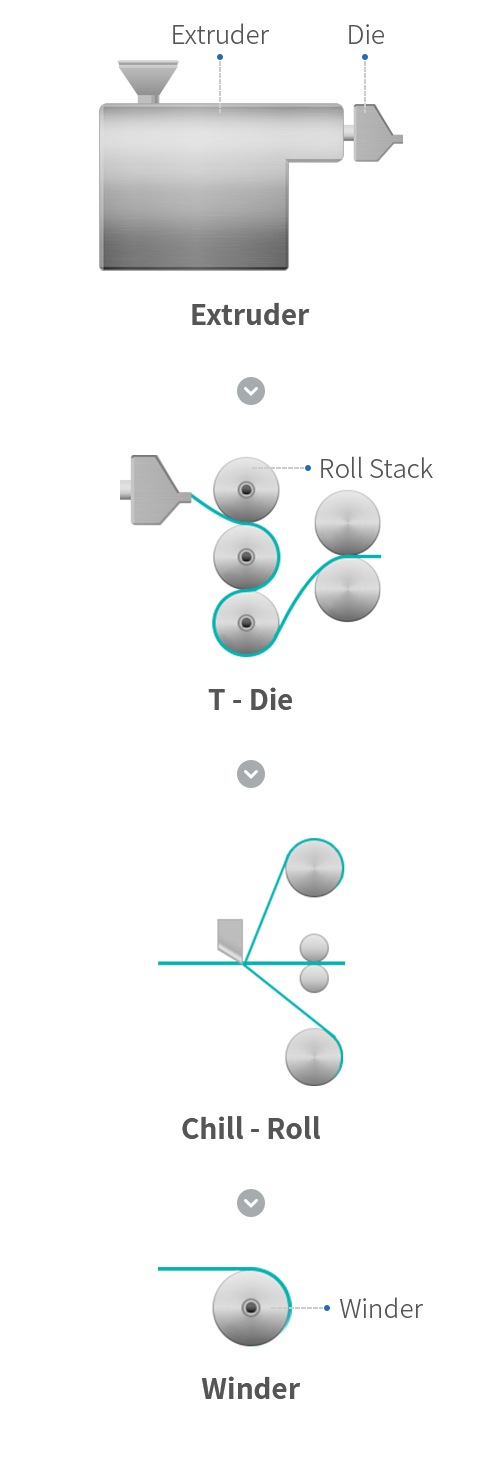

Processing
diagram


Pipe

PPB pipe is used mostly for hot water heating due to its excellent heat resistance. It is an ideal replacement for existing piping materials.
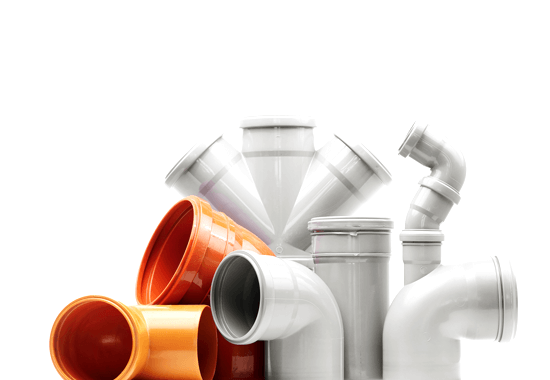
Pipe extrusion Processing
diagram

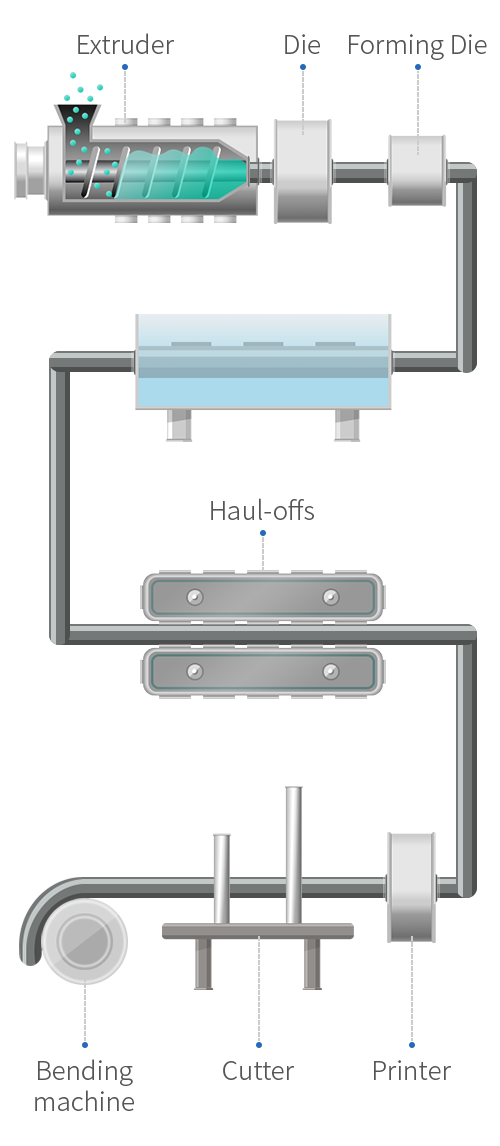

Product Search
Top
![]()

![]()

![]()

![]()

![]()


